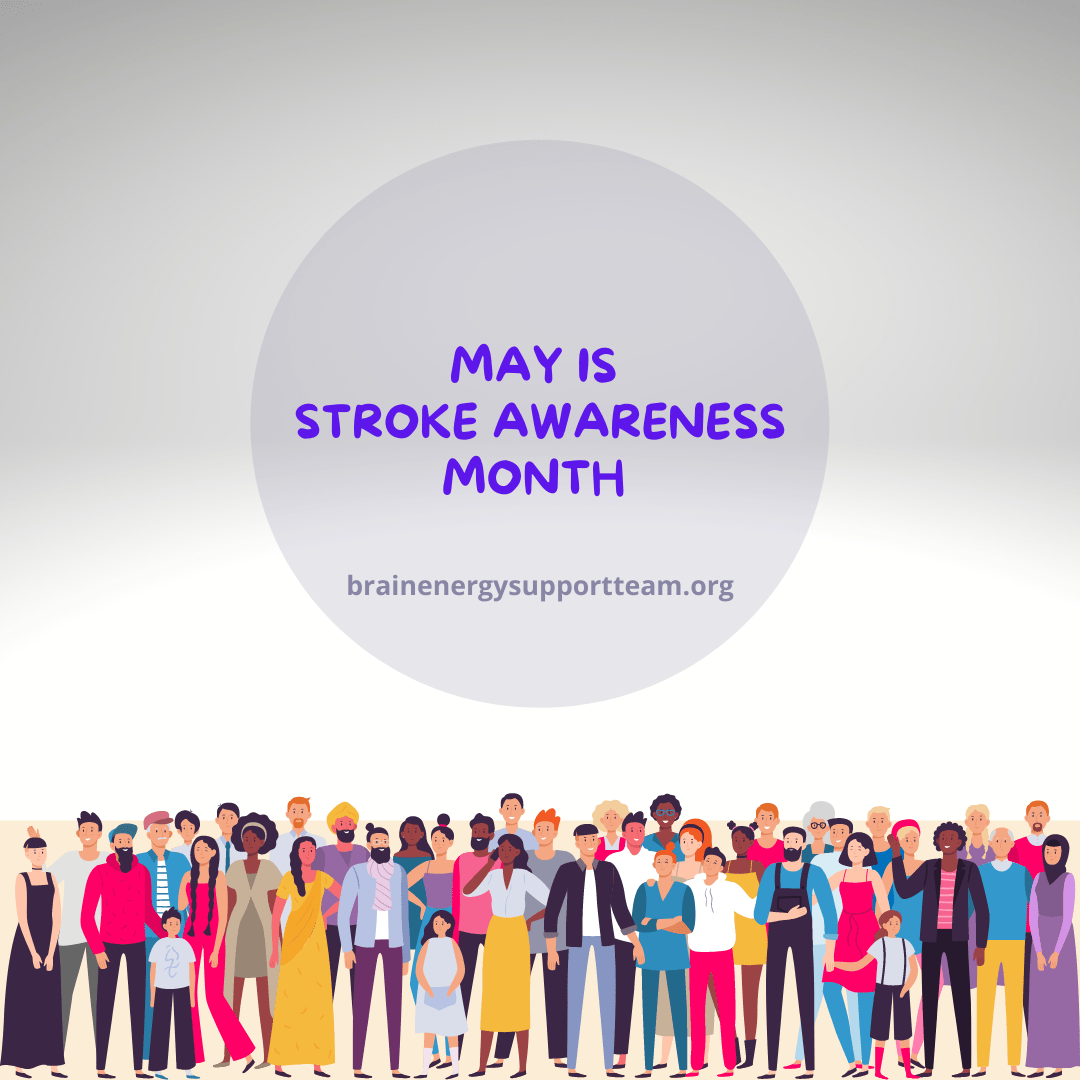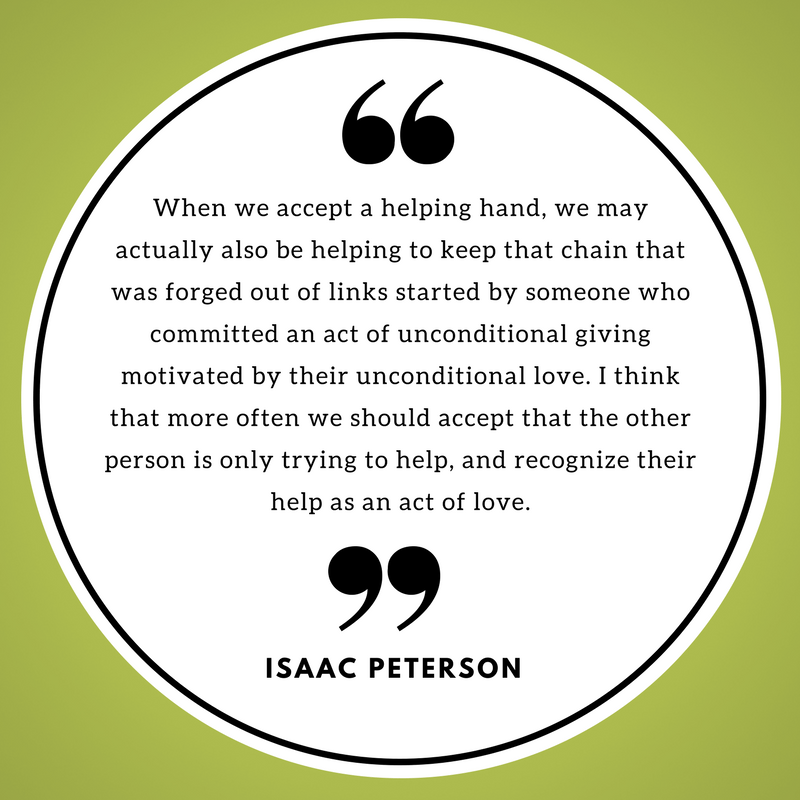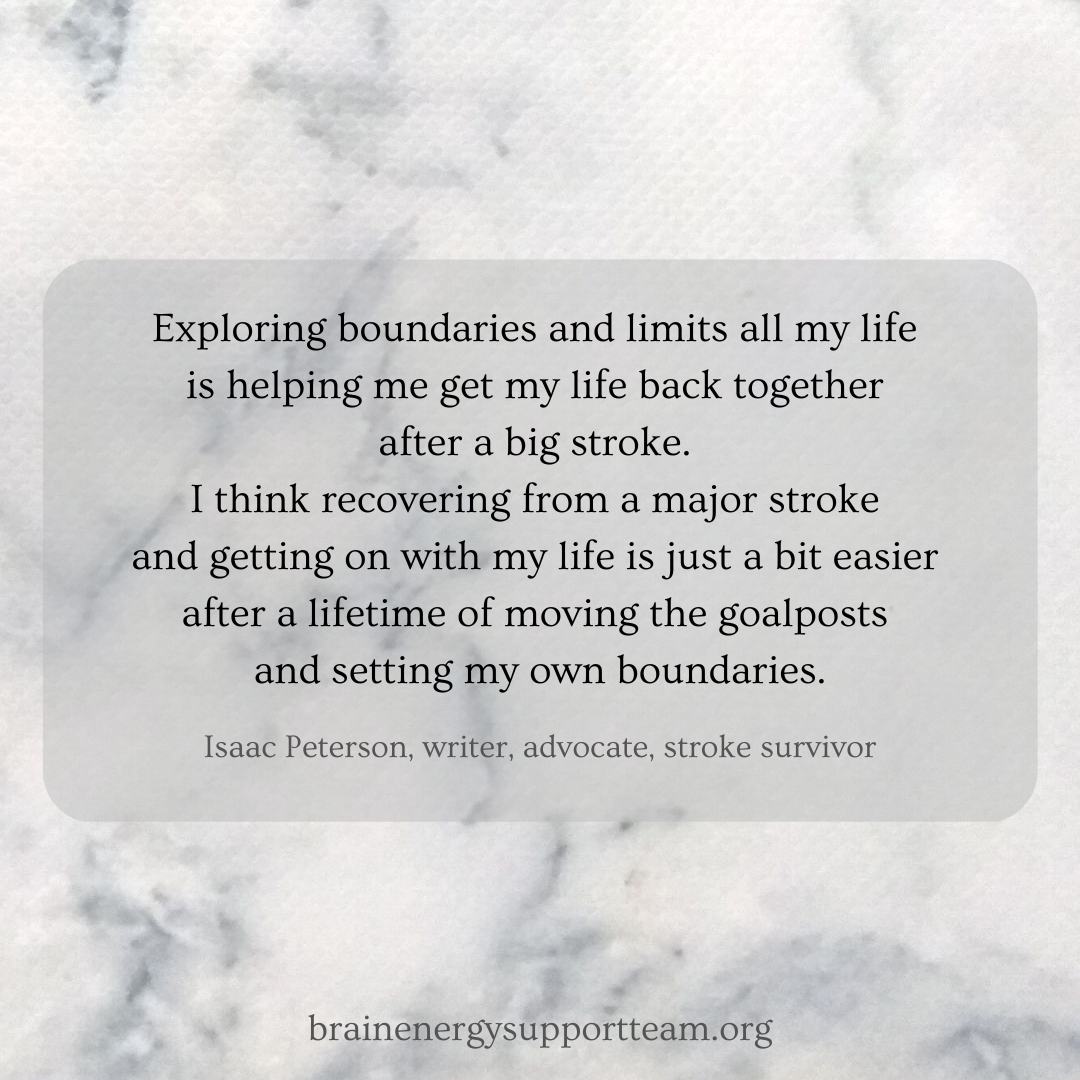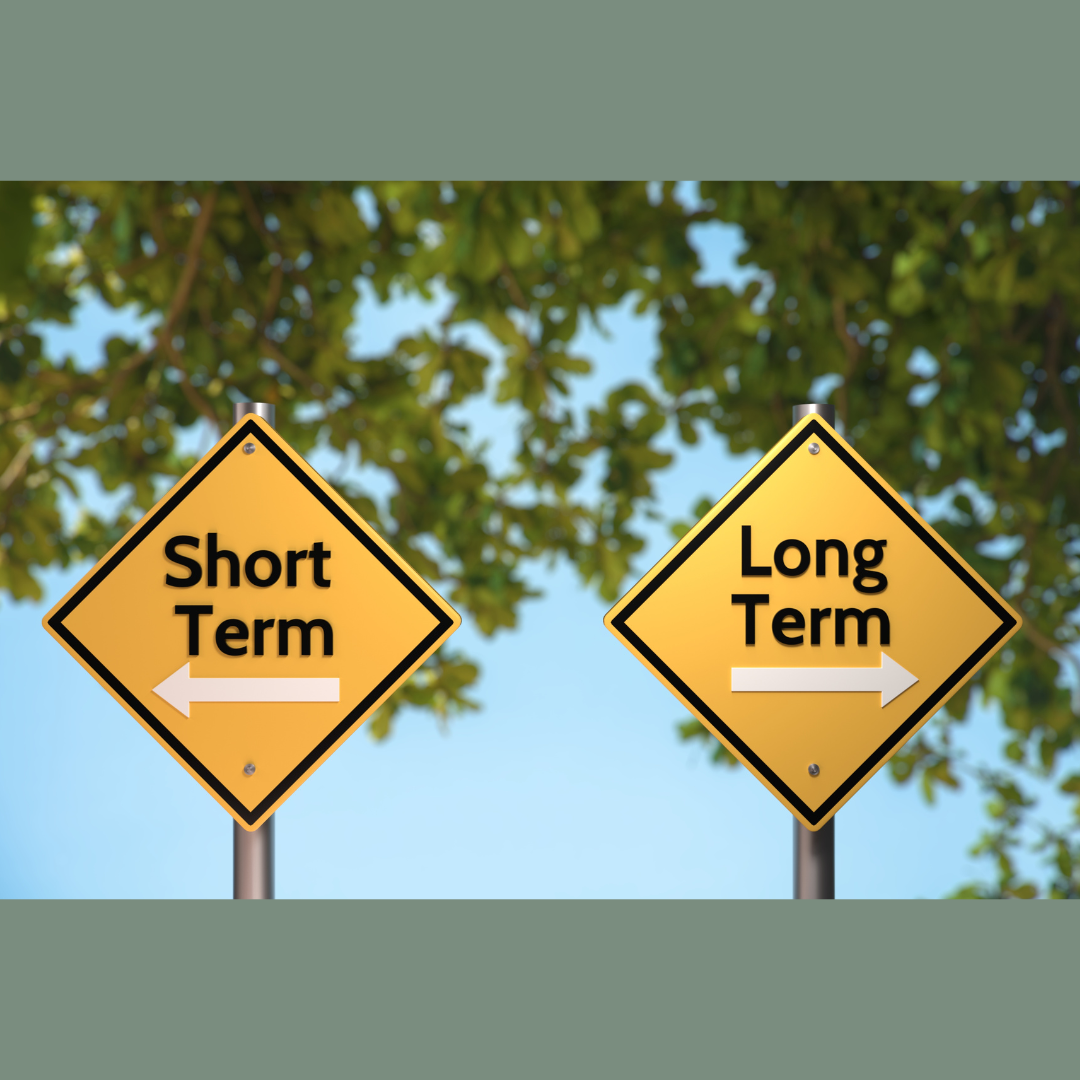Well, here’s one thing about strokes I never heard of before now: post-stroke spasticity. I’ll call it PSS.
Although I never heard of it, PSS is fairly common in stroke survivors. It causes stiff or rigid muscles and commonly affects the elbows, wrists and ankles. PSS restricts the full range of a muscle’s motion and also makes a muscle involuntarily contract. That can make the surrounding tendons and soft tissue become tight, and cause weakness and lack of coordination.
When this happens, stretching the affected muscle is very difficult. In what’s called contracture, joints in arms and legs can become frozen in an unusual position and can be excruciatingly painful. 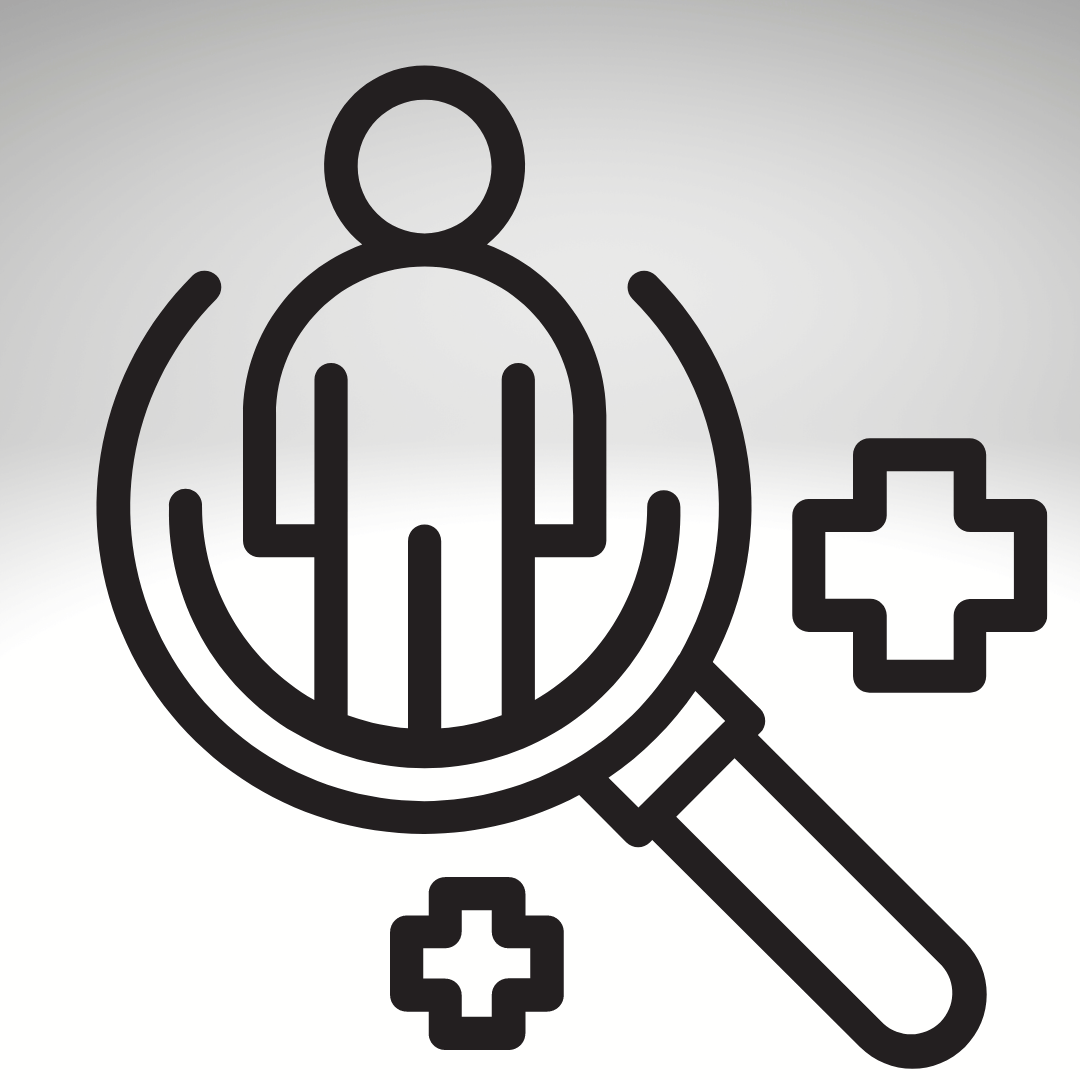
About 25% to 43% of stroke survivors will have PSS, usually in the first year after a stroke. PSS is more common among younger survivors.
Strokes that injure the part of the brain that controls signals to muscles can lead to spasticity. PSS is kind of the opposite of that well-known stroke aftereffect that causes face muscles to droop. Luckily, I haven’t had to go through either of those.
PSS can lead to permanent muscle shrinkage and contracture, along with joints freezing in one position.
There’s really not a cure yet for PSS, but it can be managed somewhat with certain treatments and lifestyle adjustments.
Injections of botulinum or Botox injections may be of some help by blocking certain nerves associated with a particular spasticity issue.
There are other treatments available that may help provide some relief, like oral muscle relaxers, baclofen, diazepam, tizanidine, and dantrolene sodium that may help give some relief. As they say in the TV commercials, ask your doctor, because I’m not qualified to give medical advice.
Some treatment options you can try at home are the following:
- Exercising or stretching the limb and muscles—kind of the way athletes limber up before a competition. But don’t overdo it.
- Try to avoid staying in one position for long stretches. That can contribute to muscle and joint stiffness and soreness. Change positions every one or two hours.
- Making adjustments around the home can help manage PSS. Installing ramps and grab bars can help. Also, a bench and adhesive strips in the tub or shower can help as well.
- Muscle braces, canes, walkers and wheelchairs are other tools to consider.
One bit of advice I am qualified to give is to stay positive. PSS can be managed, if not cured, and it doesn’t have to remain an obstacle to recovering from a stroke.
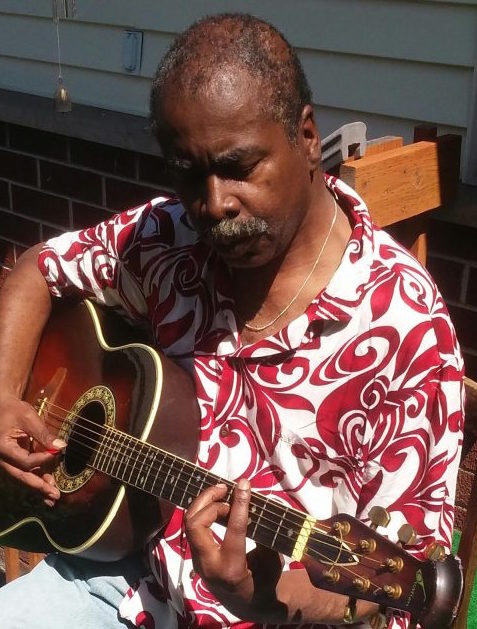 | Isaac Peterson grew up on an Air Force base near Cheyenne, Wyoming. After graduating from the University of Wyoming, he embarked on a career as an award-winning investigative journalist and as a semi-professional musician in the Twin Cities, the place he called home on and off for 35 years. He doesn’t mind it at all if someone offers to pick up his restaurant tab and, also, welcomes reader comments. Email him at isaac3rd@gmail.com. Read more articles by Isaac here; https://www.brainenergysupportteam.org/archives/tag/isaac-peterson |
|---|

